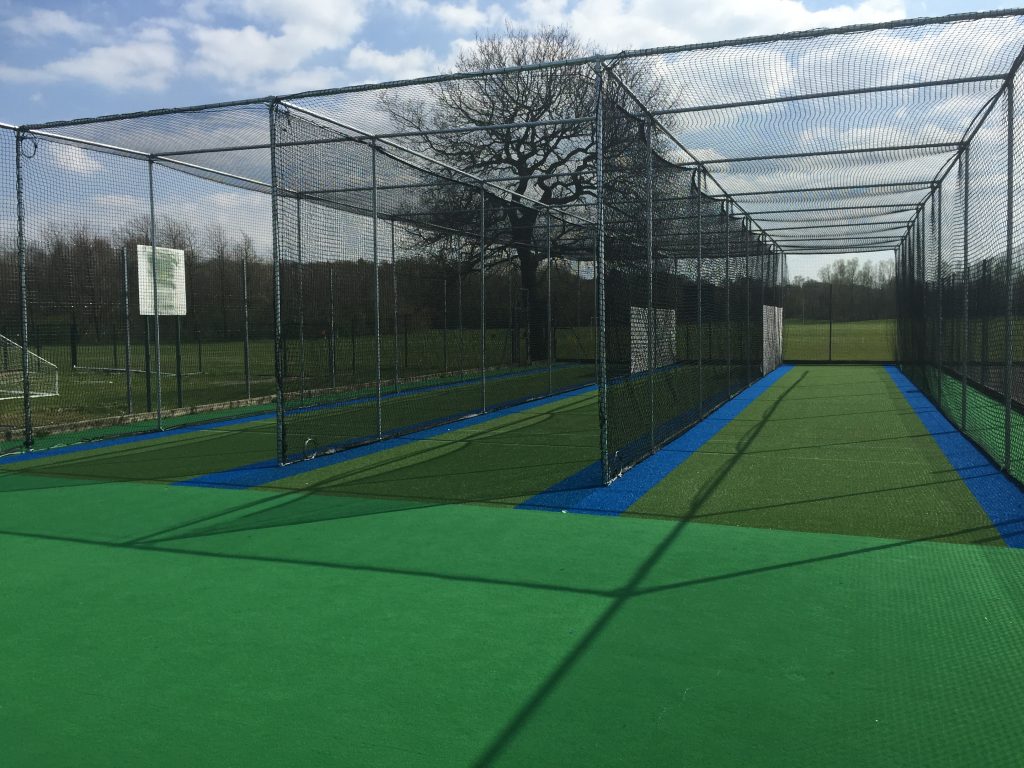Can you breathe life into a used, mistreated cricket wicket? Click here for further information www.artificialgrassmaintenance.co.uk
To successfully standardise the playing surface and supply a pitch that can be used in most circumstances, numerous leisure centres, colleges and cricket clubs use synthetic cricket wickets. Though synthetic cricket wickets are much more resilient than purely natural cricket wickets, in addition they need regular maintenance to make sure they’re in great condition. The good news is, even aged, mistreated pitches can be brought back to life with a little bit of TLC and also right treatment method.
Synthetic Cricket Pitches
Synthetic pitches are generally laid on either a dynamic (stone) or non-dynamic (macadam or concrete) base. The surface of the cricket wicket is made from high-quality short pile carpet that’s either wood edged and nailed or nailed directly into the aggregate. Shock pads are also installed below the surface of the pitch to guarantee the ball bounces correctly and also that the artificial wicket responds exactly the same to the ball every time, what ever the weather conditions.
Maintaining An Artificial Pitch
Like many man-made surfaces, synthetic cricket wickets need to be properly maintained if they’re to offer the best possible playing surface throughout the year. It is recommended that anyone having an artificial cricket wicket should employ an annual deep clean regime, level the batting zone often and use at least one chemical treatment plan every six months.
Despite frequent repairs and maintenance, cricket wickets can degrade over time, shock pads can solidify and surface areas can become irregular. If you notice that the bounce of the ball is becoming uneven or that the surface is looking tired and worn, it could be time for you to give your artificial playing surface a face lift.

